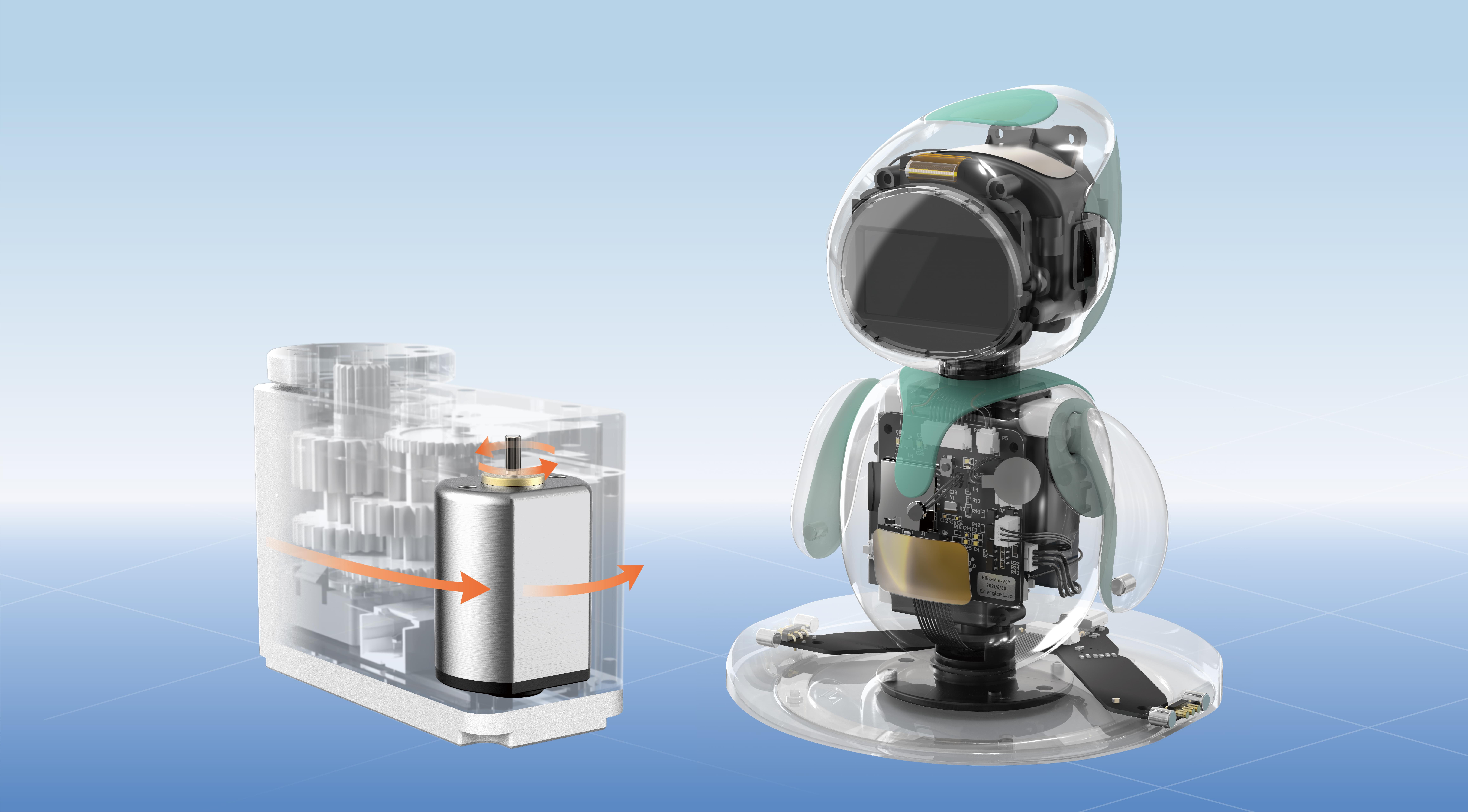In the rapidly evolving landscape of robotics, hobby electronics, and drone technology, one tiny component has made a remarkably big impact: the 9g micro servo. Known for its petite size, lightweight design, and impressive maneuverability, the 9g micro servo has become a staple in projects where space is at a premium but precise control remains a priority. To truly appreciate its utility and integrate it effectively, understanding its dimensions is paramount.

The Essence of the 9g Micro Servo
The "9g" designation refers to the typical weight of the servo—around nine grams—making it one of the lightest servo options available on the market. Despite its diminutive stature, it packs a punch in terms of torque and speed, which is why it’s favored in applications such as mini rovers, robotic arms, FPV drones, and even small-scale animatronics.
Before delving into the specifications, it’s helpful to contextualize why size matters so much. In confined spaces like drones or compact robotic hands, the size and shape of the servo directly influence the design, weight distribution, and overall performance. A smaller servo with optimized dimensions not only saves space but also tends to be less cumbersome, enabling more agile and responsive systems.
Dimensions: The Heart of Miniaturization
A typical 9g micro servo generally measures close to 23 mm in width, 12 mm in height, and about 25 mm in length, though these figures can vary slightly among different manufacturers and models. These measurements are often found in the product datasheet under the title "dimensions" or "size specifications." For hobbyists and engineers, these numbers are more than just numbers—they determine compatibility with other components, mounting options, and movement range.
For example, consider the popular SG90 servo, one of the most well-known 9g micro servos. It has approximate dimensions of 23 x 12.5 x 29 mm. Alongside these dimensions, the mounting hole distances are equally important, as they determine how easily the servo can be integrated into existing designs. The SG90, for instance, has mounting hole distances of approximately 23 mm on the front face, providing flexibility in mounting configurations.
Understanding the Mechanical Envelope
The "mechanical envelope" of the servo—its outer dimensions—is just part of the picture. The internal gearing, motor size, and servo horn attachments are designed to fit within these constraints, ensuring maximum performance without sacrificing compactness. The size of the output shaft, commonly around 15 mm in length with a 1.5 mm diameter, also plays a role in compatibility with control linkages and accessories.
By knowing these precise measurements, hobbyists can select the appropriate servo for their projects, avoid interference with other components, and predict how the servo's movement will fit into their design. Options with different dimensions or mounting configurations might be needed for specialized applications—say, a tight robotic joint versus a flying drone wing actuator.
From Dimensions to Practical Application
Size alone isn’t the whole story—power, torque, speed, and durability also matter. However, the dimensions serve as the foundation for calculating whether a servo can physically fit into a given space. To ensure seamless integration, designers often create CAD models of their projects, incorporating accurate servo dimensions.
For instance, in a mini drone where weight is critical, using a 9g servo with compact dimensions reduces overall mass, enhancing flight time and maneuverability. Alternatively, in a robotic hand modeled after human anatomy, micro servos must fit tiny joint cavities, necessitating a careful assessment of their outer dimensions.
Manufacturers and Variations
While many micro servos aim for similar sizes, slight variations in dimensions are common, attributed to differences in internal gearing, motor design, and manufacturer tolerances. Leading brands such as TowerPro (SG90), EMAX, and Radiolink offer models with dimensions that subtly differ but generally stay within a close range.
Always consult the datasheet of the specific servo model you’re interested in. In addition to physical dimensions, check the maximum torque, speed, and voltage requirements to ensure your project’s success.
Looking Ahead: The Evolving Micro Servo Design
As technology advances, manufacturers are continuously refining the dimensions of 9g micro servos. Innovations include slimmer forms, integrated gears made from lighter materials like carbon fiber, and more efficient motors—hoping to push the boundaries of what such tiny devices can achieve.
In summary, understanding the dimensions of 9g micro servos isn’t just a matter of fitting parts—it's about unlocking the full potential of your design by choosing the right component that seamlessly integrates into your project’s physical constraints. As we delve deeper, we’ll explore specific use cases, mounting techniques, and how these tiny titans are transforming the world of compact robotics and flying machines.
Kpower has delivered professional drive system solutions to over 500 enterprise clients globally with products covering various fields such as Smart Home Systems, Automatic Electronics, Robotics, Precision Agriculture, Drones, and Industrial Automation.




































